Weekly recaps
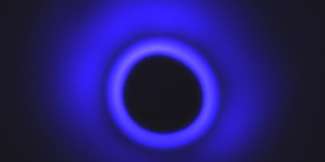
Recap / Best of Last Week–A new type of cosmic explosion, creating plasma in a defined shape and dogs helping people live longer
(ScienceX)—It was a big week for astronomy and astrophysics as an international of researchers working in Mexico used a high-altitude observatory to shed light on the origin of excess anti-matter—they captured the first ...

Recap / Best of Last Week–Power of quark fusion, alcohol killing brain stem cells and sleep deprivation causing mental problems
(ScienceX)—It was another good week for physics as a pair of researchers with Tel Aviv University and the University of Chicago found that theoretical quark fusion could be more powerful than hydrogen fusion—their study ...
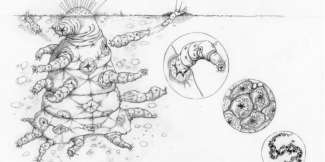
Recap / Best of Last Week – Aliens may look like us, risk of quantum attacks on Bitcoin and the benefits of strength exercise
(ScienceX)—It was a good week for space research as a team at NASA's Jet Propulsion Laboratory report that a Martian ridge brought out the Curiostiy rover's color talents—special filters on the rover helped identify mineral ...
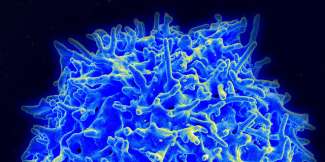
Recap / Best of Last Week–Nanomagnets that levitate, Yellowstone spawning super-eruptions and T cell activation altars behavior
(ScienceX)—It was another good week for physics as an international team of researchers proposed a test of quantum gravity using current technology based on laser based experiments. Also, a team at the University of Innsbruck ...
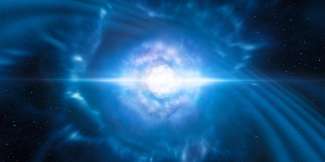
Recap / Best of Last Week – Neutron star smashup, liquid metal discovery and alcohol improving foreign language skills
It was a big week for space news as dozens of teams reported on a neutron star smashup that was seen for the first time, transforming our understanding of the universe. Such impacts, many concluded, likely forged up to half ...

Recap / Best of Last Week–Observing infinitely long wavelengths, finding Baryonic matter and heart burn drugs and liver disease
(ScienceX)—It was a good week for physics as a team at the Harvard John A. Paulson School of Engineering and Applied Sciences reported that they had directly observed infinitely long wavelengths for the first time using ...
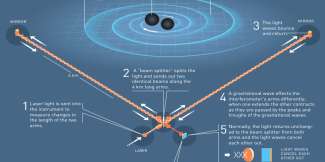
Recap / Best of Last Week – Nobel Prize for gravity waves, trying to explain Tabby's Star and exercising to prevent depression
(ScienceX)—It was another good week for physics as three U.S.-based scientists won the Nobel Prize for physics. Rainer Weiss, Barry Barish and Kip Thorne won for their groundbreaking work in observing gravity waves for ...
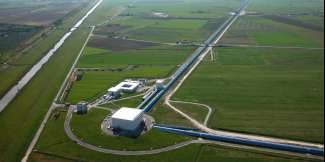
Recap / Best of Last Week–Three detectors observe gravitational waves, harvesting energy from evaporation and chemicals in hash
(Science X)—It was another good week for physics as a team at the National Science Foundation announced that the LIGO and Virgo observatories detected gravitational wave signals from a black hole collision—marking the ...

Recap / Best of Last Week – New type of guitar string, looking for vanadium on Mars and US teens behind those of the 70s
(ScienceX)—It was an interesting week for Earth science as a team of geochemists with the University of Chicago conducted an analysis of titanium in ancient rocks that could create upheaval in the history of early Earth—they ...

Recap / Best of Last Week – Cassini crashes into Saturn, a skin patch to treat obesity and reversing damage from marijuana use
(ScienceX)—It was a very good week for space science as a team of Mars research subjects emerged a Mars-like habitat at a remote Hawaii volcano after eight months of isolation—the NASA backed project was meant to mimic ...
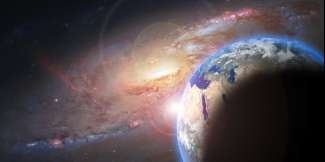
Recap / Best of Last Week—Reclassifying Earth, a device that identifies cancer and some benefits of a fatty diet
(ScienceX)—It was a good week for space science as a team with members from the University of Idaho and Wellesley College conducted a study of Uranus and found evidence that some of its moons are on a collision course, ...

Recap / Best of Last Week–How the universe became filled with light, challenging evolutionary theories and winter heart attacks
(ScienceX)—It was a good week for space research as a team at UCLA proposed new theories of black holes from the very early universe and the role they might have played in producing the heavy elements. Also, a team at the ...